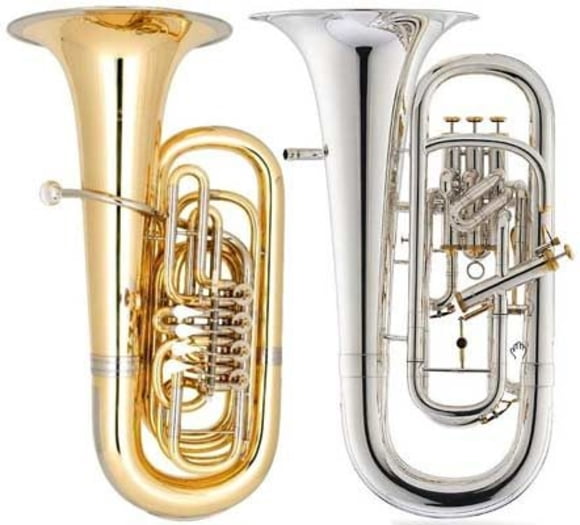5. Valve - is this where the air goes?
There is a further decisive difference when talking about valves. There are rotary valves (cylinder valves) and piston valves (Périnet valves). Both construction types fulfill the same function; they allow lower tones to be played by increasing the length of the tube. When one or more valves are depressed, the air flows through one or several additional pieces of tubing, which increases the total length of tubing the air passes through, thus lowering the pitch. The difference between the two valve types is in their mechanical execution. With a rotary valve, the round, slightly conical plug is rotated by depressing a spring-loaded lever. The piston valve involves moving a piston up and down in its casing against spring resistance directly by depressing the finger tip.
Both valve types are sophisticated in their own way, and there are no significant comparative advantages or disadvantages. In tubas, rotary valves come with slightly decreased valve travel (12mm compared to the piston valve's 22mm) due to the lever used. On the other hand, piston valves are said to be easier to maintain.
Both valve types can be attached to the instrument in different ways. The piston valve apparatus can be attache at the top (top action) or facing outwards (front action). Rotary valve apparatuses are traditionally always attached to the front of the instrument. Combinations of construction type and place of attachment are also possible; for example, some tubas feature front action piston valves and an additional rotary valve.


